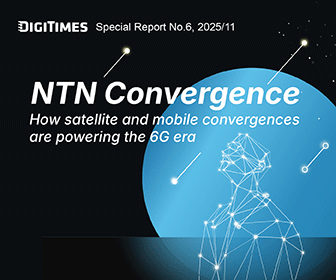Despite rumors of shipment delays for Nvidia's new-generation AI chips, the demand for AI servers remains strong. For contract manufacturers like Foxconn, the challenge lies in maximizing actual profitability amid various trading models.
High-priced AI server racks are driving revenue for contract manufacturers, but their impact on gross margins is a concern. At its recent earnings call, Foxconn emphasized the importance of vertical integration and diversified transaction models for new architecture products in improving gross profit margins.
Foxconn elaborated that, unlike traditional servers, AI servers have higher unit prices and more varied customer preferences, leading to different trading models. Accordingly, Foxconn plans to adjust its gross margin impact based on these trading models and customers' payment terms.
While the "buy and sell" model typically affects gross margins, Foxconn noted that the "consign" model is more beneficial for improving them. Nevertheless, the company stressed that revenue and profit growth remain its top priorities.
The complexity of these trading models extends beyond simple categorization into just two types. According to industry sources, in addition to the "buy and sell" and "consign" models, other common forms in the market include the "assign" and "turnkey" models.
Industry sources use a bakery analogy to explain these complexities. For a bakery with both a storefront and a production line, the most profitable cakes are those ordered by customers who are indifferent to specifics like filling, layers, size, or even price. This allows the bakery complete control over pricing and costs. However, most customers have specific requirements for their cakes, such as the type of filling, size, or price. Some even provide their own ingredients, leaving the bakery to act solely as a production line.
Similarly, the AI server market presents numerous trading models, each with its own pros and cons. When contract manufacturing fees remain consistent, the decision to handle expensive components like GPUs becomes a critical factor affecting gross margins. High-priced components may inflate revenue figures but can dilute profitability by increasing the revenue base without enhancing margins.
Unfortunately, contract manufacturers often lack the option to refuse handling these components unless they decline customer orders outright. This transaction model frequently shifts the inventory pressure for key components onto the contract manufacturer, benefiting the customer.
To thrive in the AI server market, contract manufacturers must handle various trading models, have sufficient cash flow, and possess a comprehensive ecosystem to offer complementary products and services. As the market becomes more complex, the ability to provide a one-stop solution will be crucial for long-term profitability.




